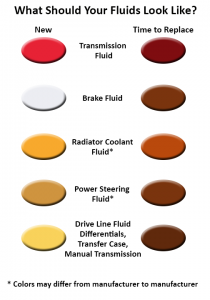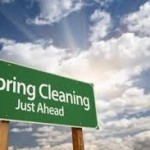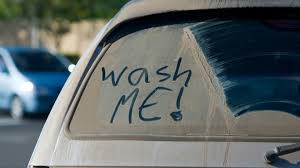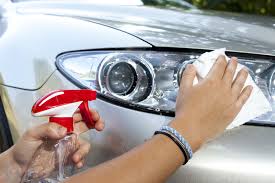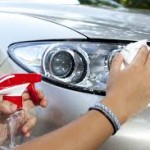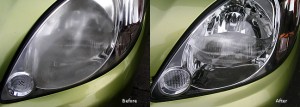
Last month we looked at ways of rejuvenating your old motor. We discussed ways of superficially sprucing up the car – cleaning tips, interior and exterior styling options, accessorising etc.
This time around however, we’re going to focus on the actual performance of the car and affordable ways of ensuring your vehicle keeps running smoothly.
Flush out your fluids
This is one of the most essential and cost effective ways of protecting your car against break downs and an assortment of mechanical damage. It’s a straight-forward job even for a novice. And the more you do it the easier it becomes.
- You can start by consulting your car manual (if you still have it – if you don’t you might want to invest in one HERE). The manual’s, while not essential, at least provide a guide for checking and changing fluids – you can then mark the dates in your calendar to ensure the job gets done wNext hen it needs doing.
- Park the car on a flat surface and pull up the handbrake.
- Open the car bonnet.
- Once the car has cooled down and the oils have drained (give it an hour to be safe) you can check the ENGINE OIL. Pull the Oil Dipstick fully out and wipe clean to ensure a clear reading. Put the dipstick back in and remove once again to read the oil level. The dipstick has a number of marking indicating differing oil levels. If low add an appropriate amount of engine oil.
- It’s also worth noting the engine oil colour –Clean = clear / golden, whereas Black / Brown indicates dirty engine oil. UIf the oil is cloudy it might point to contamination (possibly with coolant). This could be down to a blown head gasket in which case you should bring the car to a qualified mechanic.
- As a general rule of thumb, it is recommended that you change your engine oil every six months.
- If you are going to change your oil (or fluids) an OIL VACUUM PUMP is a handy tool.
- Next check the TRANSMISSION OIL, which is responsible for greasing the gear system. It’s part of a closed system so you shouldn’t ever be low on it. You just want to check that it’s clean. You will need to have the engine running. It is the second of the two dipsticks. Follow the same steps you did for checking the engine oil.
- FYI: Transmission Oil is reddish in colour and does not need to be replaced as much as engine oil. Brown / Black transmission oil should be replaced.
- BRAKE FLUID – Again, like the Transmission Oil, the Brake Fluid is a closed system. Locate the brake master cylinder (it’s generally on the driver’s side of the car by the rear of the engine compartment. It has a plastic reservoir and rubber cap with metal tubes emanating from the cylinder.
- Low brake fluid is never a good sign – cars aren’t designed to consume a lot of the stuff – so it could point to a brake line leak, or worn brakes. Low fluid might necessitate a car check-up as a car low on brake fluid might not stop!
- POWER STEERING FLUID – The power steering fluid is responsible for keeping your steering smooth. When it starts to run low you may begin to hear a slight groaning noise from the wheel.
- Locate the reservoir – you can usually check the level by looking at the reservoir. This fluid does not generally tend to run low, so it levels have dropped significantly then it might be worth checking with your mechanic.
- The need to flush and replace is rare, but it doesn’t hurt to keep the level topped up.
- COOLANT ANTIFREEZE – Responsible for keeping your car running cool. Low levels of coolant result in the car overheating. It’s located in the car’s radiator.
- Remove the radiator cap once the car has cooled down.
- You should a line inside that indicates where the coolant should come up to.
- Be sure to add the same coolant that’s currently in the car.

